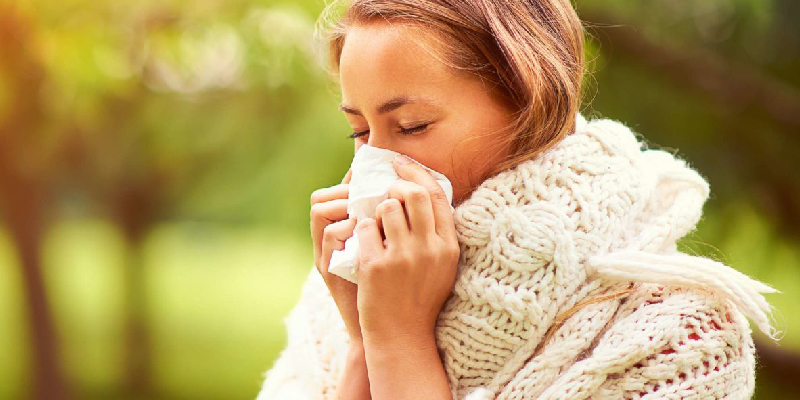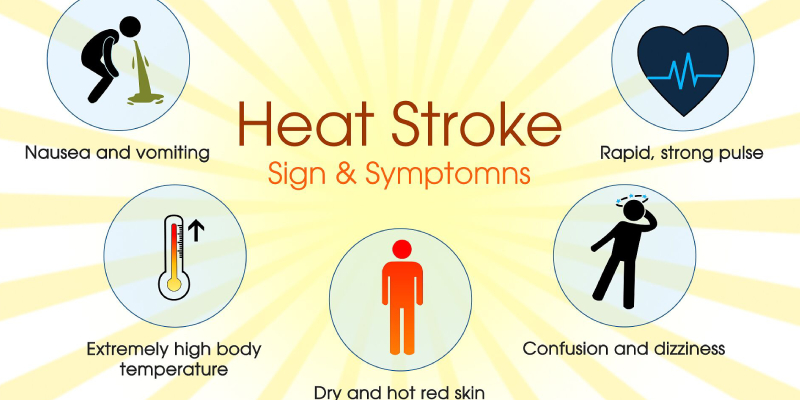
Summers are filled with picnics, barbecues, beach trips and other fun activities, but they can also be a time of increased risks for specific types of disease. While it may seem like most illnesses occur during the cold months of winter, summer brings its own health issues, including these four common problems:
- Asthma
Summer staples like campfires and smoke from barbecue grills, significant changes in the weather including increases in humidity – even chlorine – can all increase the risk of asthma problems and allergic reactions, according to the American College of Allergy, Asthma and Immunology. - Swimmer’s ear
Whether you swim in a pool, the ocean or a lake, the ear can trap water, and that can lead to infections. Swimmer’s ear is responsible for about 2.4 million trips to the doctor each year. Drying your ears thoroughly is the best way to prevent swimmer’s ear from occurring. - Food poisoning
The warm summer weather provides ideal conditions for bacterial growth, and that means the risk for food poisoning increases dramatically. If you’re planning a barbecue or picnic, use these tips from the USDA to avoid food-borne illnesses. - Lyme disease
Carried by tiny deer ticks hardly larger than the head of a pin, the CDC says Lyme disease affects tens of thousands of people each year. The agency provides tips on how to prevent tick bites and how to remove ticks once they’ve latched on.
Enjoying lazy summer days doesn’t mean being trapped indoors. Being aware of the risks of illness and disease that are most likely to occur in the summer is the best way to stay healthy and enjoy fun in the sun.

